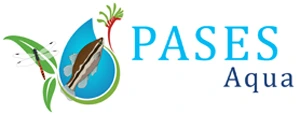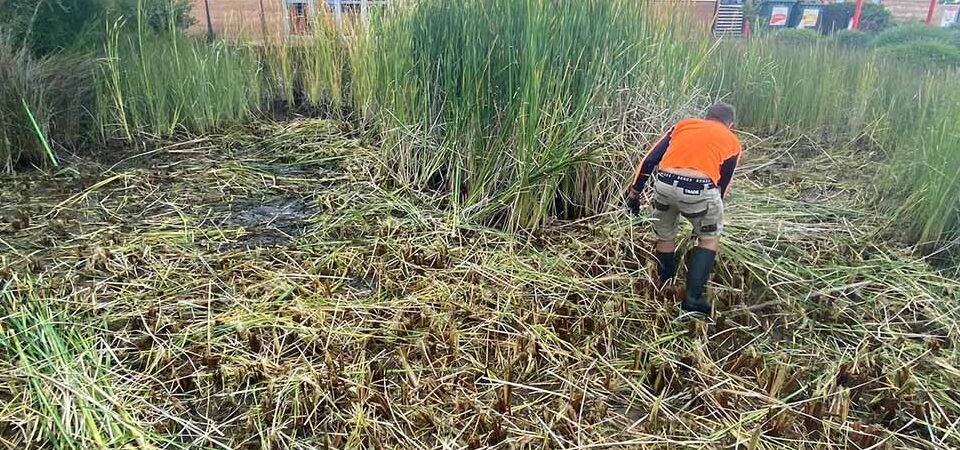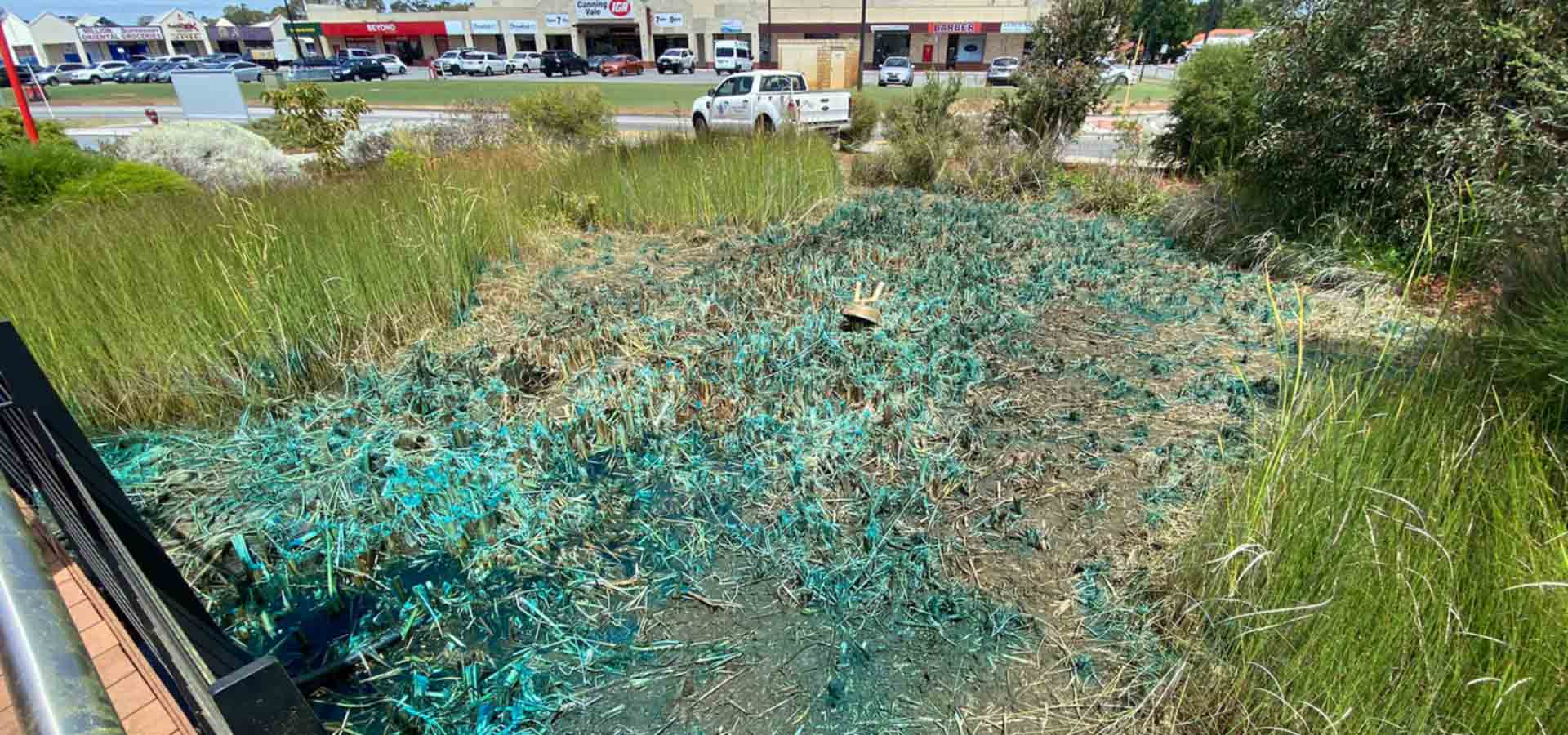PASES Aqua can accurately identify your weeds, map their populations and control their abundance using physical, chemical and biological control methods.
Weeds are usually opportunistic plant species that are not native to an area and are able to compete effectively for resources. Weeds pose a serious threat to the ecological character of lakes and wetlands, including:
- Compete with native species (resource competition) and reduce biodiversity
- Prevent germination and seedling recruitment of native species
- Blanket cover the entire surface area of water (i.e. floating plants), causing oxygen depletion which may destroy the understory characteristics of the ecosystem and kill aquatic species
- Reduce aquatic habitat of native bird species
- Release pungent odours
- Interfere with flow in irrigation channels
- Impact fire regimes
- Alter soil nutrient levels
- Increase evapotranspiration rates
- Interfere with commercial and recreational activities (i.e. boating)
A successful weed control program requires an effective management plan, and PASES Aqua can undertake accurate weed identification/mapping and propose an integrated weed management plan in which each target weed species will be controlled using appropriate techniques. Techniques used to eradicate weeds may include:
- Mechanical/Physical Control – remove plants especially when in low abundance. Various types of aquatic weed cutters and harvesters have been developed for canals and large reservoirs;
- Chemical Control – following identification of weed species, spot applications of a recommended herbicide can be undertaken to target the weed species;
- Dredging – dredging deepens the water body and deep water discourages growth of plants rooted in the bottom by limiting sunlight penetration;
- Environmental control – Limit favourable conditions for weed growth through reductions in water nutrient levels, plant trees to create shade and reduce light availability
- Revegetation of native species to reduce open ecological niches and prevent weed return
Frequently asked questions
Absolutely. Although weeds are not native, they play a functional role of stripping nutrients either in the sediment or water column. Therefore it is important to continue this role by replacing with native species. It may take some time for the plants to establish and play a significant role.
This would depend on whats locally native, geographical location, microlimates that exist on site, depth and flow of waterbody, and what can be sourced locally (local provenance) and what can be transplanted. Best to have a site consultation to make these observations and prescribe a species mix.
This will depend on the weed species on site and the aquatic fauna on site. It may be best to have a visual survey or undertake some trapping. Based on what we record, we may either recommend waiting till water levels are lowest, spray glyphosate, and then slash once leaves are dead and drown! In some cases, the use of an amphibous harvester may be recommended.
Removing plants can result in fish and frogs to be more vulnerable to predators, and therefore to mitigate the impacts it is recommended to immediately replant with local natives
Related services
We have the drive, the passion, and the knowledge to help you. We employ the right people with a strong background in fish, and/or qualifications in Biology or Aquaculture and/or related fields





